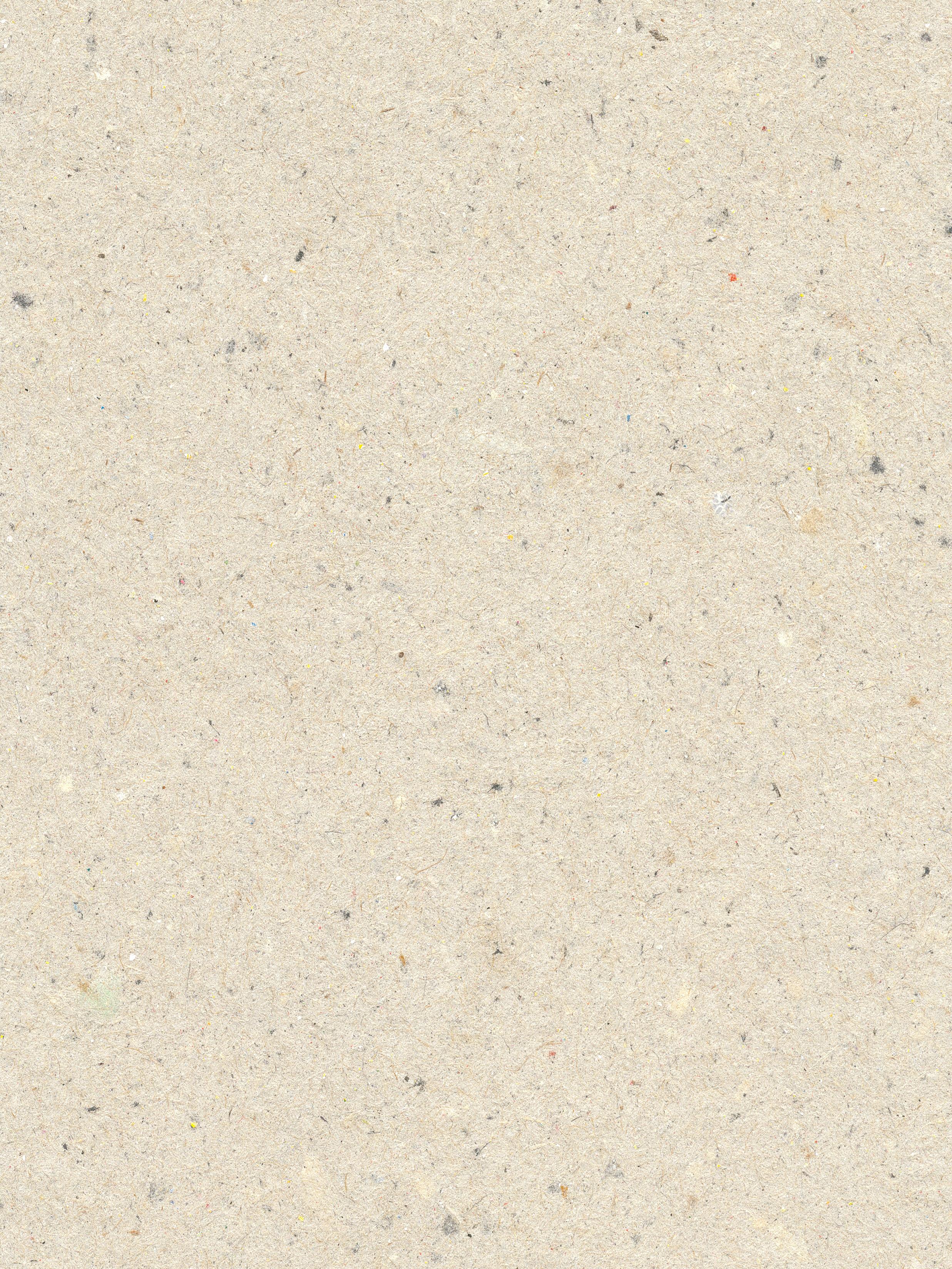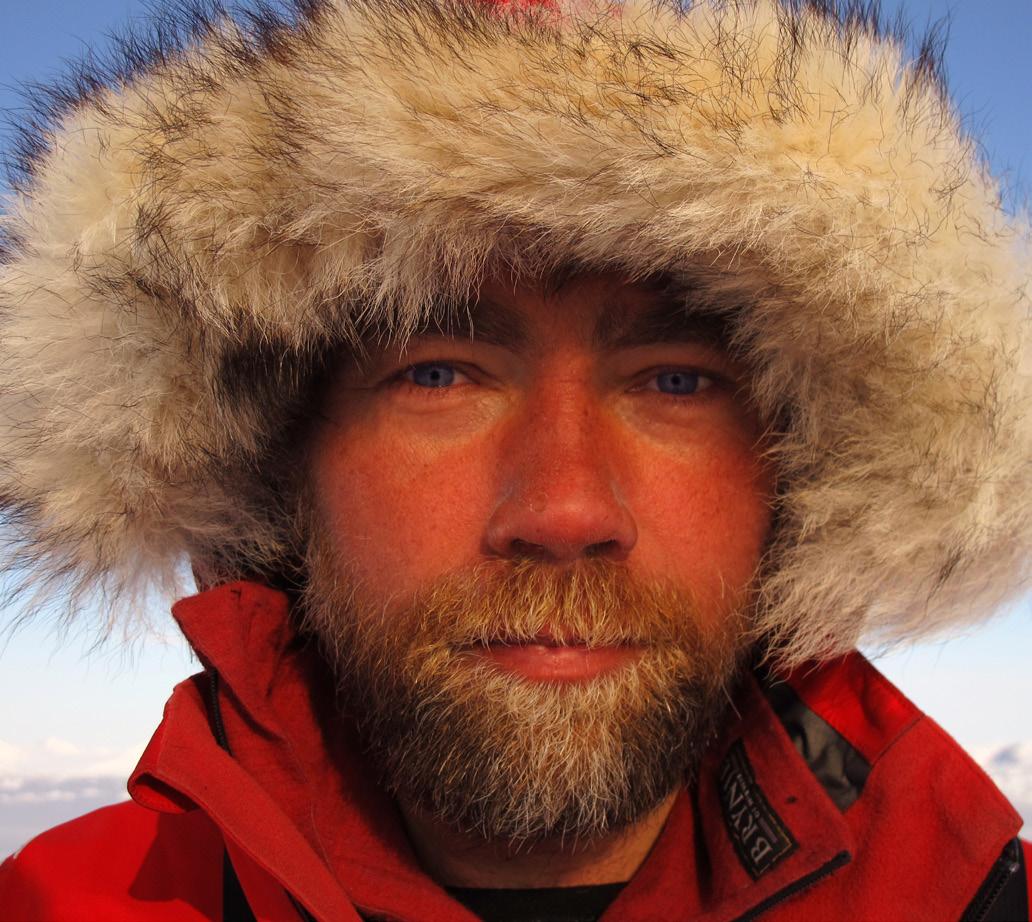Swedish Spas
© Selma Spa
Swedes, not just something to book in for once a year when you’re so burnt out you barely have the energy to switch off your smartphone before a massage. And with this healthy, holistic view of life – as well as an abundance of stunning natural surroundings – as a starting point, it’s not surprising they have a long history of creating world-class spa hotels and day spas.
‘What’s great about Swedish spas is that in the south they’re mostly right on the beach, and in the north, right in the mountains,’ says Carina Wallberg, chairman of the Swedish Spa Hotels Association (www.svenskaspahotell.se), whose 38 members are among the best spas in the country. ‘They really make the most of their natural surroundings and environment, with plenty of activities outdoors.’ So, at Storhogna Högfjällshotell & Spa (www.storhogna.com), you can relax ski-weary muscles in the wood-fired sauna and outdoor hot tub,
[ ]
July/August 2013 10
with views over the snow-covered Vemdalen mountains. At the newly-opened Falkenberg Strandbad hotel (www. strandbaden.se), the wild scenery of the West Coast provides a dramatic contrast to their ultra luxurious Retreat Club spa.
Swedish spas have an over 200 year old history, dating back to the days when people started to get over their fear of the sea (few could swim before the 20th century) and began building bathhouses and jetties around the country’s coastline, many of which still exist today. The bath houses were for everyone, but still segregated: the poor visited in the mornings, and went for free, while the rich bathed in the afternoon, and paid. Men and women bathed separately. Earlier still, the natural spring waters at places such as Loka Brunn and Varberg became known for their curative powers – six to eight liters of Loka spring water taken every 24 hours is said to have cured King Adolf Fredrik’s relentless migraines in 1761, beginning a boom time for health resorts.
While many of the classic Swedish spa resorts retain a sense of history, and all put great emphasis on highly trained staff, they avoid becoming too serious or stuffy by keeping up with current spa trends like garra rufa fish pedicures (in which small fish nibble the dead skin
© Ystad Saltsjöbad
F
rom a ‘Sami Zen’ treatment accompanied by traditional Jojk music after a long day on the ski slopes, to a body wrap using freshly harvested seaweed on the West Coast, there are more spa locations and experiences in Sweden than types of sill on a smörgåsbord. You could say that Sweden itself is one vast spa – regular saunas and plenty of fresh air and exercise are a way of life for most










